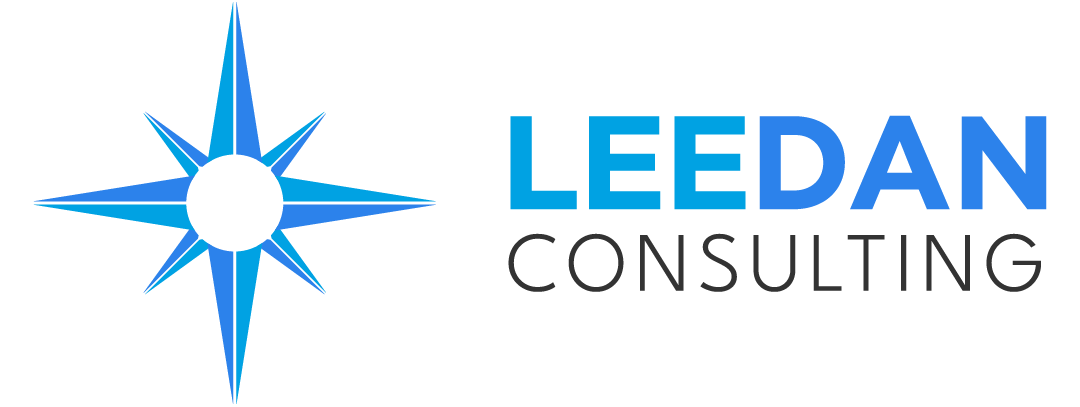Last time, we introduced the decentralized centralized model to put patients first in our series “Transforming Patient Experience in Healthcare“. Today, let’s unpack how it actually works and why it’s such a big deal for healthcare.
Healthcare centralized call centers because schedulers in the clinics were inefficient and sometimes ineffective. They were often pulled away to help in-office patients or look up records, leaving patients on the phones irritated and listening to hold music. On the flip side, while clinic staff are engaged in phone scheduling, in-office patient experience suffers. These conflicting priorities lead to frustration on all sides and a more expensive, yet poor overall experience.
After the big push for centralized scheduling happened 10 years ago, both patients and doctors have been left concerned with lack of connection. With a little work, these frustrations can be left in the past. COVID-19 brought with it a mass transition to work-from-home (WFH) for call center work. Tools and processes were perfected. In addition, AI voice solutions have matured in the last 8 months to the point where it can accurately handle up to 70% of frontline scheduling calls. We can take these best practice processes and tools to build a model that retains the cost savings of a central, US-based call center and put the agents back in clinics to handle the more challenging scheduling requests.
What’s the Idea?
The idea is simple – move your operation from a central location back into individual clinics by leveraging the WFH model and technology platforms. This model puts scheduling teams inside clinics (decentralized) but manages them with centralized technology that you likely already own. You just need to configure the clinic specific groups and a call handling overflow model within that technology. Think of it like a work-from-home call center, except the “home” is the clinic. Hire local schedulers who can build relationships with doctors and patients, while your current tech keeps everything efficient behind the scenes.
How It Comes Together
In-Clinic Schedulers: These folks handle inbound calls, wait lists, rescheduling, outbound reminders, and schedule management. They know the doctor’s preferences inside out. They can also work real time to squeeze in and fill same day appointments. Their personal relationship with the doctor ensures smooth interactions between the patients and the doctors. Calls that come in outside of clinic hours can be handled by US based WFH agents/nurses that have connections to the community.
Centralized Tech: If you have a centralized call center, you likely already have most of the technology that can support this model. You will likely need to change your skillset groups and ensure you have overflow coverage in other local clinics for when any of your staff are out of office, but any standard call center platform should work here. Now if you haven’t updated your call center in 20 years, please contact us! We are happy to talk with you to share all the amazing improvements that have happened in this space for you, your staff, and patients. There are now affordable call center platforms for all sizes of clinics.
Training Made Easy: Centralized call centers come with some big advantages over clinic-only scheduling. One of those big advantages is training. New hires get trained centrally—online or in-person—before heading to clinics, so busy staff aren’t stuck playing teacher and new employees aren’t left to fend for themselves in the clinic.
The Payoff
Patients get a personal touch by talking to someone who is local, knows them, knows their doctor, and has a personal interest in them. Doctors maintain some control over their schedules, which boosts their morale and retention. And organizations save money by streamlining operations. One clinic saw a 25% drop in scheduling errors after switching to this model, patient satisfaction rose 8%, and provider schedule utilization rose 5%, as providers no longer purposefully blocked out time to make up for errors made in the contact center.
Next Up
Technology is the backbone of this approach. In our next piece, we’ll explore how thoughtful use of AI will empower you in ways that up until now have not been possible.


